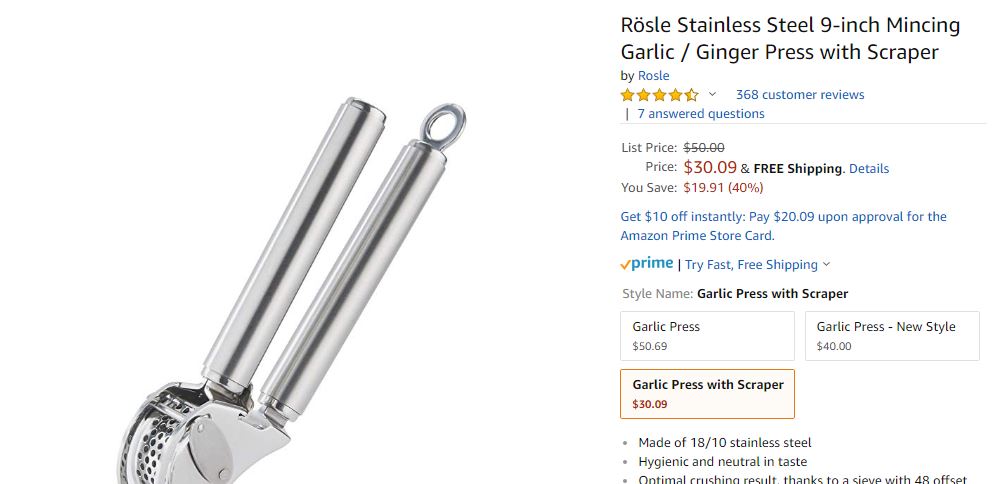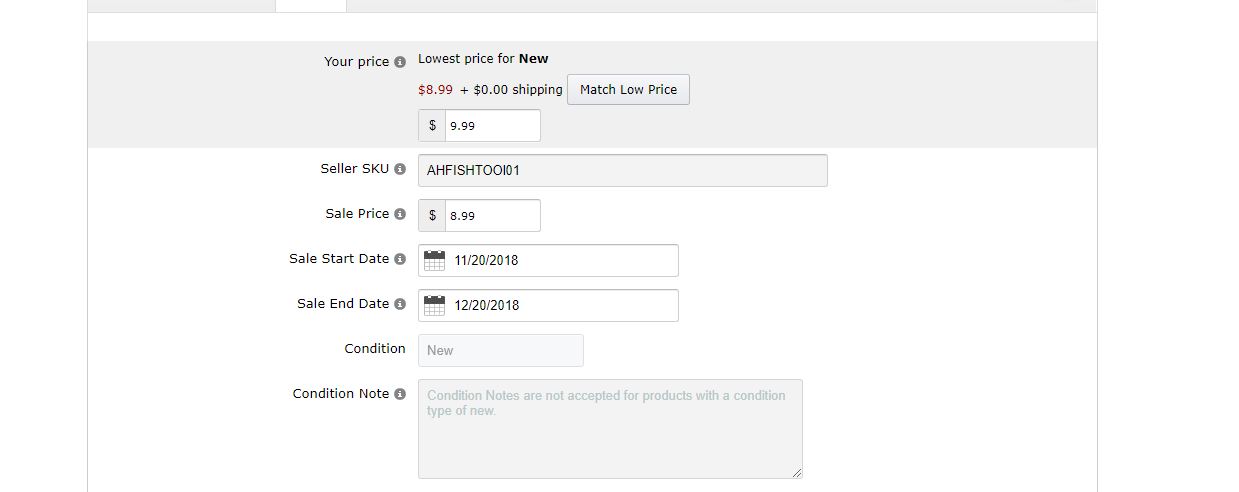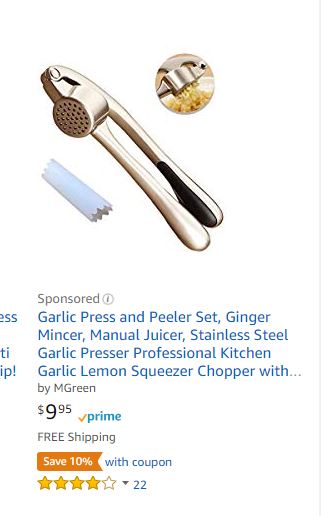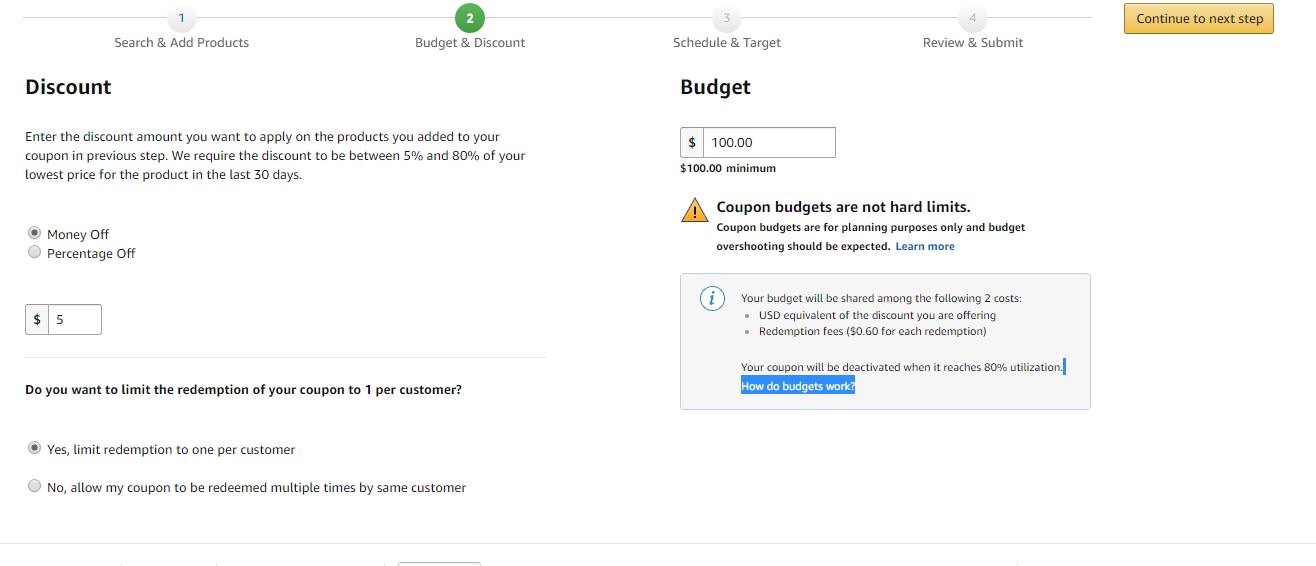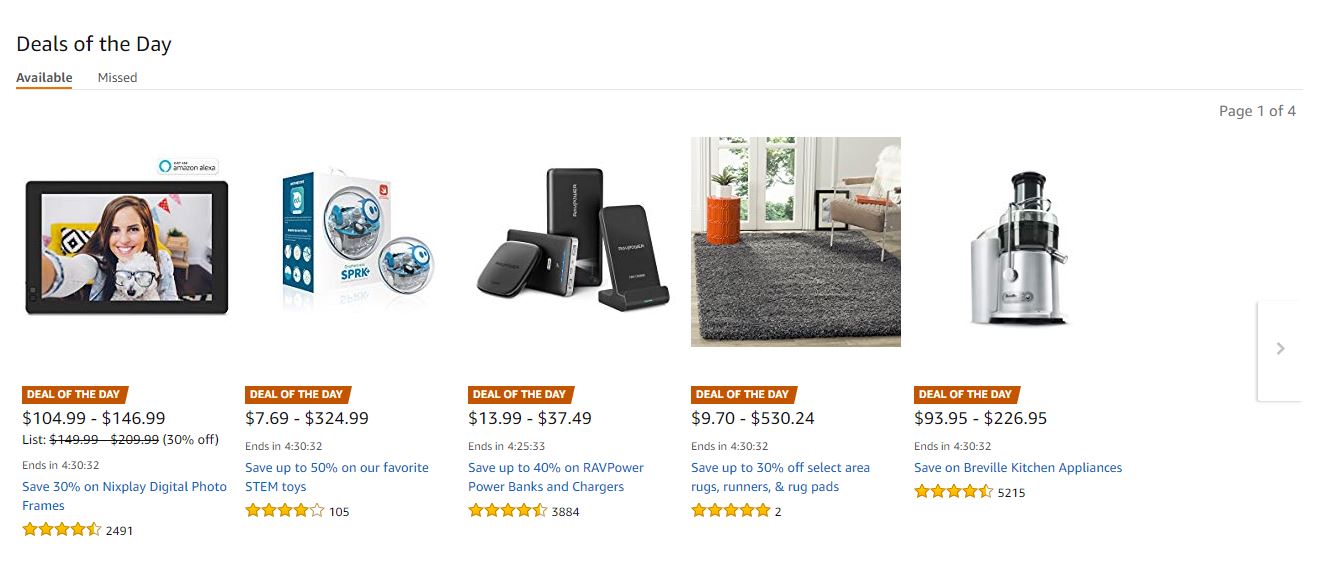This Holiday Season, Watch For These 3 Growth Tactics For Your Amazon Store

Coupons, Sales and Lightning Deals: Lightning in a Bottle or Lightening the Wallet?
As the holiday season comes upon us, every Amazon seller is hoping that fourth-quarter sales are the cherry on top at the end of the year, pushing their business to unseen heights.
Hopefully, by this point in the year you already have a variety of top selling products on Amazon. But even if you’ve only recently become an Amazon seller, these will be valuable growth tactics in the future.
With the influx of customers and views to the Amazon catalog, there are still many important tools you can use to provide a boost to your search rank ratings, and hopefully make this your best sales holiday to date, turning those top sellers into some of the best selling products on Amazon.
We already explained how you can drive additional traffic to your Amazon Store using Facebook.
In this article, we will cover a selection of strategies that can be used year-round to improve search ranking and give an Amazon sales boost.
- Tactic #1: Amazon Sales Price
- Tactic #2: Amazon Coupons
- Tactic #3: Amazon Prime Lightning Deals
For those wondering how to increase sales on Amazon, these growth tactics are for you, because before sales can happen you have to increase visibility on Amazon. These can be especially helpful during the holidays. These include running sales on your item, coupons, and Lightning Deals.
Each of these short-term tactics has benefits and drawbacks which we will also cover; in the end, the best strategy is special tools such as these combined with expertly made listings, a quality product, and a good niche. None of these is a magic bullet that can overcome for poor product quality, or simply an ill-conceived niche, but are wonderfully effective complementary tools.
A quality item is always the best Amazon product ranking tool.
Amazon Sales Price
In the early days of Amazon, private label sellers could fabricate their own MSRP (Manufacturer’s suggested retail price), and this would be shown on the listing itself.
This allowed customers to see a “suggested price,” above the actual price. Often, private label sellers could create outlandish MSRP, giving an appearance of massive savings for an individual listing.
To be fair, there are some ethical and at times legal issues with fabricating an MSRP, especially when the manufacturer is the sole seller of wares and sells directly to consumers on Amazon.
Regardless, Amazon caught on and stopped listing the MSRP price. In fact, the MSRP began to only matter if a listing was priced above it.
As Amazon pushes for greater price transparency and competitiveness, listing a price above MSRP was a sure-fire way to lose the buy-box.
Many sellers wondered how to show the discounted price on Amazon, and it is a constant topic of conversation in the Amazon seller forums.
It’s important to give a strikethrough price definition for Amazon at this point. The strikethrough price is when a higher price is shown with a strike through it, indicative of savings.
From car dealerships to Black Friday sales, it is easy to see that showing a discount makes the consumer feel they are getting better value.
Luckily, Amazon still offers a way to show a price reduction. Using Amazon’s Sale Price feature, the seller’s listing will again display savings on their page.
For instance, if the MSRP is $50, and the typical listing price is set to $50, but you create a timed sale, with a set start and end date, where the item is $30, the consumer will see $50.00 with a strikethrough, and it will show the strikethrough sale price on Amazon. While some users struggle with setting sale start and end dates, it is as easy as picking the dates in the provided calendar once the sales price is chosen.
There are some exceptions to this. The seller must be Buy Box Eligible. Additionally, if sales are run for TOO long, or too frequently, they will not show it with the price struck through. Basically, they only want to show the strikethrough price on Amazon if it is, indeed, a special price, and not the typical pricing.
In October 2018, Amazon simplified the way they display prices to customers in Amazon.co.uk, Amazon.de, Amazon.it and Amazon.es. After this change, there is no longer a separate field or display for pre-discounted prices. The ‘Sale Price’ field will be deprecated in the future and we recommend sellers to stop using this field now. If ‘Sale Price’ is used, it will just be displayed as the ‘Price’.
These sales serve two potential purposes:
- The first, as discussed above, is to prominently display a discount to consumers.
- Secondly, it allows you to control the price on a smaller scale; you can use sales to temporarily lower the price for items based on seasonal demands and trends, and with a natural reversion back to original pricing.
For instance, many products become cheaper after Christmas, and you can use a sale set to start December 26th as a way to stay competitive in price at this time.
The other benefit of sales prices is a quick and immediate jump in sales rank. Running a brief but significant three-day sale on items can lead to a short-term jump in sales.
These short-term jump in sales, (and likely increase in conversion rate based on lower pricing), will have a natural effect on the search rank of the item.
Your garlic press can go from five sales a day to 15 with an effective ad campaign, and catching the rising tide of sales right before Christmas can be a perfect way to maximize your profits this holiday season.
It is important to keep a delicate balance between the boost in sales and potential lost revenue; if prices are lowered too steeply, you may be losing money on each sale. While this can still be effective in the short term, there are obvious limits to how long a seller can maintain selling at a loss, and much of this depends on your appetite for risk and your desire for growth.
Being willing to sustain lower profit or loss sales over a short period can rocket a listing to the first page of organic search results, and lead to consistently high sales in the aftermath.
There will be more information on effectively launching products in the future, but even for successful, aged products, when you put a product on sale it can help boost profits, and if nothing else can show savings off to potential consumers.
Amazon Coupons
Coupon clipping was once the hobby of the elderly and the bargain conscience. It’s even been popularized in pop culture with shows on coupon crazed individuals getting unheard of bargains. It should be no surprise, then, that Amazon has joined in on the coupons craze.
Amazon merchants can create discount coupons for their products based on either a percentage price reduction or a flat dollar amount off each product.
This is distinct from creating an Amazon promo code, which is part of promotions and giveaways. These coupons will show up as an orange coupon when customers are browsing Amazon.
When deciding on a coupon, think about what may look the best.
For lower priced items, a percentage referral fee may look the best, as 25% off seems like better value than “2.00 off!”
Conversely, for higher priced items you can advertise a large price reduction in total dollars, even if it is a small percentage.
The fee for each coupon is $0.60. This is a fairly good value and means the cost of the coupons themselves won’t break the bank.
Functionally, coupons offer many of the benefits of running a sale. It shows a very visible price reduction to customers and may make your product stand out, especially if the coupon is for a valuable discount.
When deciding on the coupon, the value of the campaign includes the price the items sell for, plus the $0.60 coupon fee.
So if you sell items for a total of $9.40 (after the coupon), and have a budget of $100 for the coupon, it would only allow you to sell 10 items ($9.40 for each item + $0.60 coupon fee=$10 total for each item... 10*10=$100).
This can be pretty good value, and the orange badge tends to stand out more than the simple strikethrough that a sale offers.
Coupons also offer specific targeting options. You can make your coupon available only to Prime Customers, Prime Moms, or Prime Students.
This specificity in visibility can make your coupon campaigns more efficient, especially if it is an item that has very few prime offers or is specifically targeted towards Moms or students.
While the $0.60 seems negligible, this can add up.
The downside to coupons is this cuts into your margin, along with the discount. If you don’t have a product with a healthy margin, discounting further, along with a coupon fee, can mean a product that loses money.
Like with sales, coupons can be a great way to improve sales rank and juice your sales numbers in the short term. In the long term, they can mean smaller margins and possible losses if not being carefully monitored. This is another great tool to have in the toolkit and can set you apart from less studious competitors this Christmas.
Amazon Prime Lightning Deals
Amazon Lightning Deals are the most aggressive of the options. It is the proverbial swing for the fences and includes much greater risk.
Lightning Deals are only available for select products in your catalog.
While the exact requirements are proprietary, Amazon does publish some general requirements for any products to be eligible for an Amazon Lightning Deal, including the age of the account.
When you first open an Amazon seller account, you will have to wait a few months to even be eligible. This includes good product ratings, positive feedback for the seller, and full prime coverage (only really matter for Seller Fulfilled Prime products).
Lastly, Lightning Deals are only available for sellers on a Professional Selling Plan, so Amazon individual sellers are not eligible (Amazon Pro Seller Accounts only).
Lightning deals show up distinctly in search results, and also in the Daily Deals section on Amazon. People search for lightning deals daily to find the next great value!
Amazon also has more control over your Lightning Deal.
They will set the maximum price you can sell it at, often at least a 25% discount. Depending on the original price and the product category, it can sometimes require an even steeper discount. It will also offer you select time windows that the Lightning Deal can run according to the Amazon Lightning Deals Schedule. This is often a four or eight-hour time frame, at a date selected by Amazon.
In addition to controlling your discount and timing, Amazon will also require a fee payment. This can be anywhere from $150-$500, depending on many factors. Lastly, Amazon will also require a minimum amount to offer at this price.
All of these stringent requirements mean that Lightning Deals can be costly. Luckily, when executed properly they can lead to massive gains.
Lightning Deals are a great choice for items with the potential to be very high volume. Smaller sellers won’t benefit because of the high fees, and the short sales window. This could also apply to seasonal items.
Items that could sell off the charts for Christmas could benefit from a Lightning Deal in the weeks preceding the holiday itself.
Lightning Deals are a hyper-aggressive way to boost Amazon sales, massively. They are great choices for high volume items with a proven sales history.
They can be very expensive, so it is best to use only with higher margin high volume items. They also garner strong attention both on Amazon and through other news outlets.
Similarly, it is important to be careful what time frame Amazon offers you, and also be cognizant of their fees, and required discounts. All of these will determine whether an Amazon Lightning Sale is a good choice for your products.
The Balancing Act
Each of these three action items is a great way to help with your sales during holiday season. They can bring more consistency.
Alternatively, you can take high volume items and fully juice up the sales, so that you are maximizing your sales for each of your items.
Despite the potential rewards, there are drawbacks to all three options, mostly in terms of profitability. All of these fees will be in addition to the general Amazon seller fees, Amazon referral fees, and Amazon FBA fees (automatically monitor when Amazon overcharges your FBA fees).
Many Amazon sellers fallen for the siren song of increased revenue, at the expense of practical growth in profit. Thus, use these options as seller tools in the tool belt if you’re wondering how to drive traffic to your Amazon listings, but always remain aware of the pitfalls and drawbacks, and you will be a successful Amazon FBA seller.
